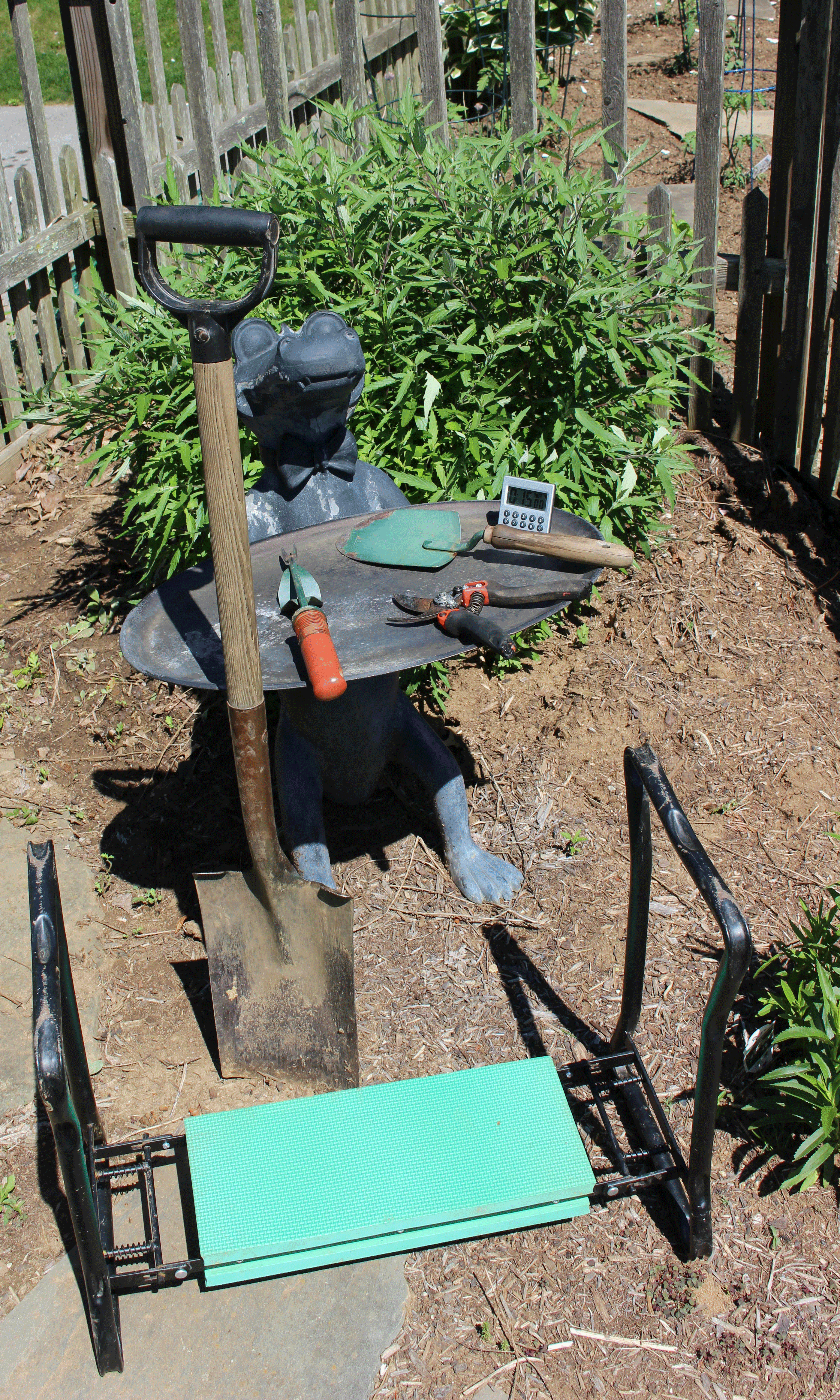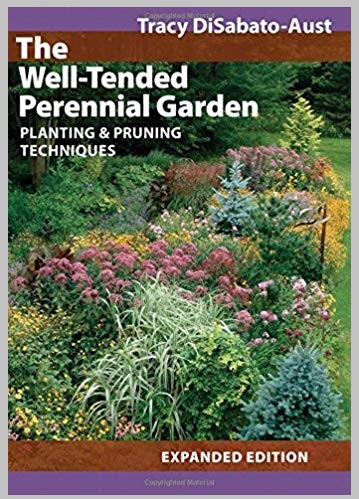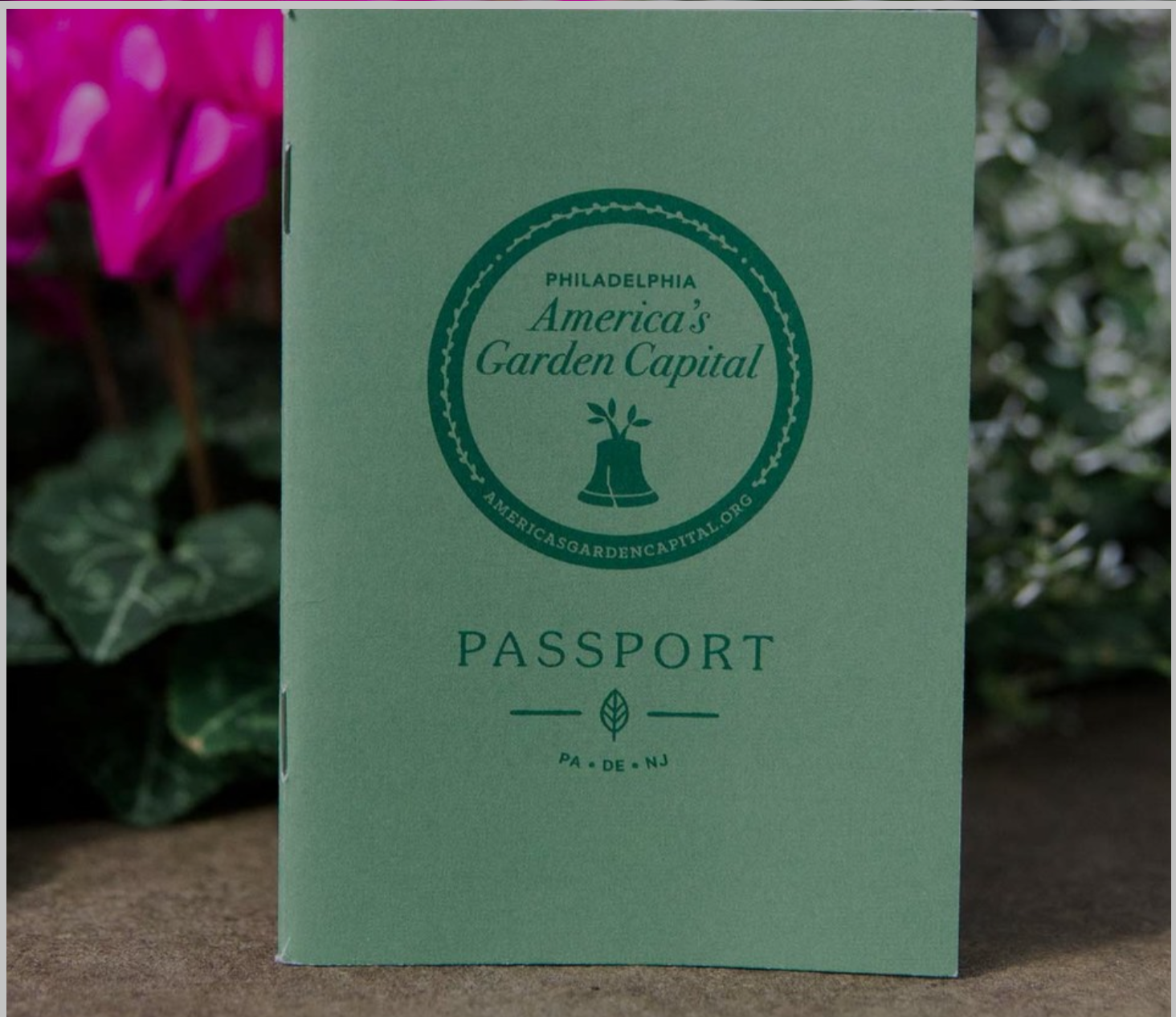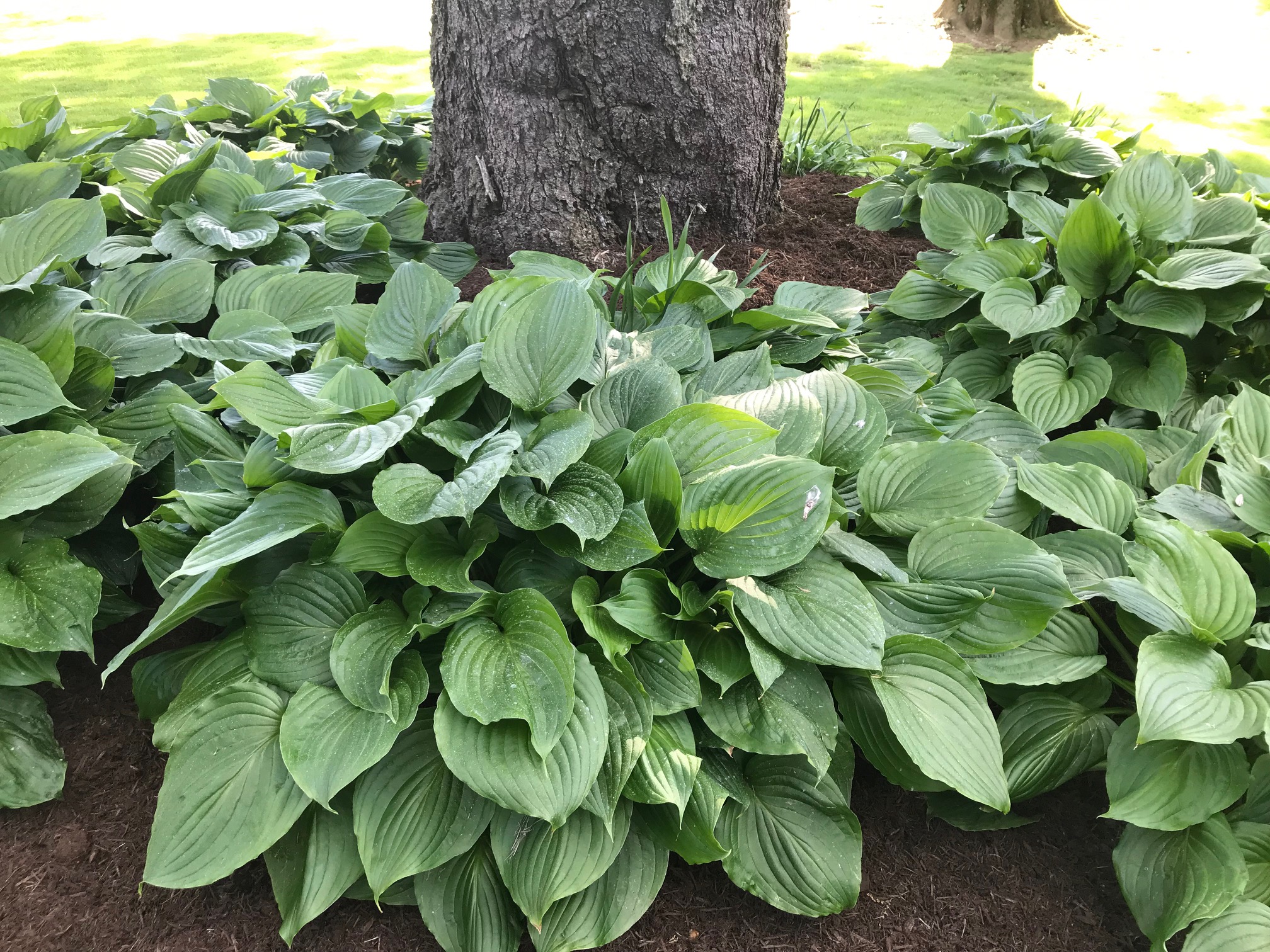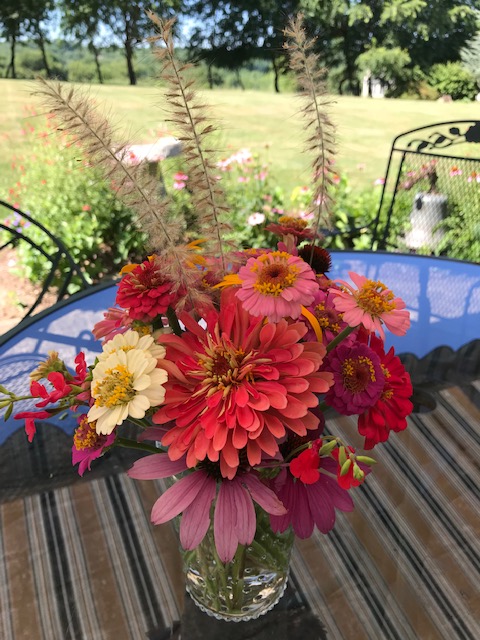Gardening can feel overwhelming at times — so many weeds, so little time – but you can accomplish a lot in the garden in 15 minutes. Set a kitchen timer and start one task. I may tackle a section of my garden and try to do whatever is needed. Or focus on a specific weed and walk from flower bed to flower bed removing just that weed. An example from my garden is mugwort (Artemisia vulgaris). I am not the only one for finds this weed challenging – it was featured as the Weed of the Month on the Brooklyn Botanic Garden site.
And then there are evenings when I just take my hand-held pruners and focus on deadheading and pinching.
